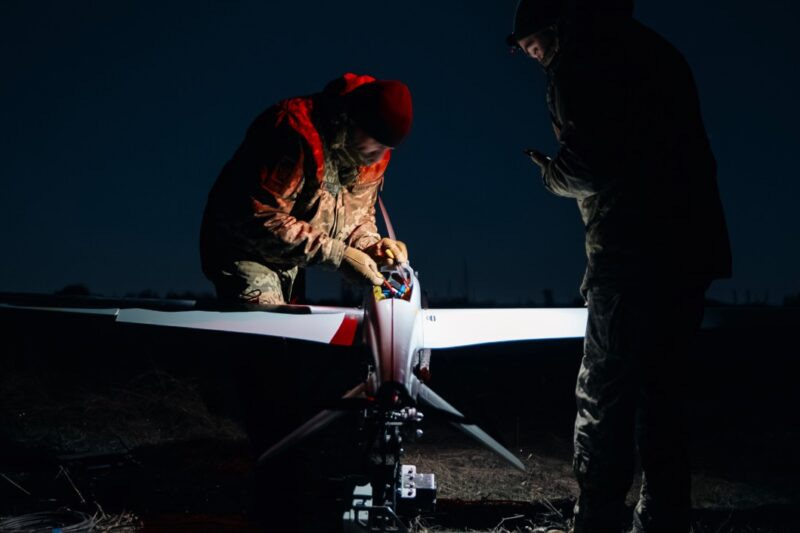How to Fight a War from a Crappy Compact Car—And Die Doing It
A small number of Ukrainians backed by drones can fend off much larger Russian attacks
Running low on armored vehicles—and struggling to move regiments across the same mine-infested, artillery-pocked, drone-patrolled no-man’s-land that has robbed these regiments of their heavier vehicles—the Russian field armies in Ukraine have adopted new assault tactics.
But these tactics are extremely dangerous for the infantry. It’s not for no reason that the Russian are losing more than a thousand people a day all along the 700-mile front line of the 39-month wider war—and why outnumbered Ukrainian forces have recently been able to slow Russian advances to a crawl.
One skirmish that took place in recent months graphically illustrated the Russian tactics and their risks. A five-person Russian assault team riding in a Lada compact car modified for military use—doors removed, back of the cab sliced off for rapid dismounting—raced across the no-man’s-land around Novopustynka, a few miles south of the fortress city of Pokrovsk in eastern Ukraine’s Donetsk Oblast.
The five Russians were following the new Russian field manual for infantry assaults. “Russian assault actions consist of armored vehicles or light mobility vehicles endeavoring to transport troops as close to Ukrainian positions as possible before the infantry rush the positions; battle drills, direct fire control and fire and maneuver are either primitive or absent,” Jack Watling and Nick Reynolds wrote in a February study for the Royal United Services Institute in London.
“Russian troops that make it into cover will often lie low and await successive waves to follow until a critical mass of troops have entered the defensive positions, at which point they will rush to the defender,” Watling and Reynolds added.
Primitive maneuver
But given the “primitive” fire and maneuver, the initial Russian attack is fragile—and even a small number of Ukrainians can defeat a company (100 troops) or battalion (300 troops) operation by stopping the first squad-sized assault (a dozen or fewer troops) and preventing the Russians from gaining that initial lodgement.
It’s especially hurtful to the Russians that a Lada compact car doesn’t have an autocannon or any other crew-served weapon: it can’t support the infantry.
That was painfully evident outside Novopustynka. The five Russians parked their Lada near a small compound defended by two Ukrainians. Calling in support from a few drones—both explosive first-person-view and bomb-dropping models—the two Ukrainians damaged the Lada and then killed all five Russians.
It was a win for the Ukrainians, but a temporary one. The Kremlin has been able to recruit more than a thousand fresh troops every day in recent months—enough to make good its losses. And this abundance of manpower compensates for dwindling stocks of armored vehicles. The Russians keep sending troops forward until they finally overwhelm the Ukrainians and secure their lodgements.
Novopustynka is a case in point. Sometime in recent months, the Russians advanced past the village and marched another mile toward Pokrovsk. How many Russians died for this acreage is unclear. But the number could be in the hundreds.
Read more:
Ukraine Races to Take Out Russia’s Best Drone Jammer Yet: the Black Eye
Ukrainian drone operators are now hunting the hunters. Across the front line of Russia’s war on Ukraine, a new electronic predator called the Black Eye is silently stalking the battlefield, threatening to neutralize what may be Ukraine’s most decisive advantage.



